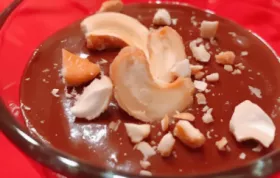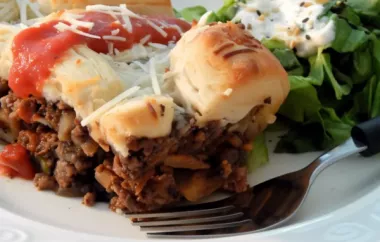Delicious and Hearty Slow Cooker Cassoulet Recipe

Published on December 05, 2023
Indulge in the rich flavors of this French-inspired slow cooker cassoulet. Made with tender beans, succulent sausages, and flavorful herbs and spices, this one-pot dish is a perfect comfort food for chilly days. The slow cooking process allows the ingredients to meld together, creating a hearty and satisfying meal that will warm your soul. Serve it with a crusty baguette and a glass of red wine for a truly authentic experience.
Ingredients
- 1 pound dried white beans
- 4 slices bacon, chopped
- 1 onion, diced
- 4 cloves garlic, minced
- 4 sausages (such as smoked sausage or kielbasa), sliced
- 2 cups chicken broth
- 1 can diced tomatoes
- 1 teaspoon dried thyme
- 1 teaspoon dried rosemary
- Salt and pepper, to taste
- Chopped parsley, for garnish
Directions
- Rinse the dried white beans and place them in a large bowl. Cover with water and let soak overnight. Drain before using.
- In a large skillet, cook the bacon over medium heat until crispy. Remove the bacon with a slotted spoon and set aside. Leave the bacon grease in the skillet.
- Add the diced onion and minced garlic to the skillet with the bacon grease. Cook until the onion is translucent and the garlic is fragrant.
- Transfer the cooked onion and garlic mixture to the slow cooker.
- In the same skillet, brown the sliced sausages until they are lightly caramelized. Add them to the slow cooker.
- Drain the soaked beans and add them to the slow cooker.
- Pour in the chicken broth and diced tomatoes.
- Add the dried thyme and rosemary, along with salt and pepper to taste.
- Stir everything together in the slow cooker.
- Cover and cook on low for 6-8 hours, or on high for 4-6 hours, until the beans are tender.
- Serve the cassoulet hot, garnished with chopped parsley.
- Enjoy this delicious and comforting slow cooker cassoulet with crusty bread and a glass of red wine.
Interesting Facts
You’ll Also Love












